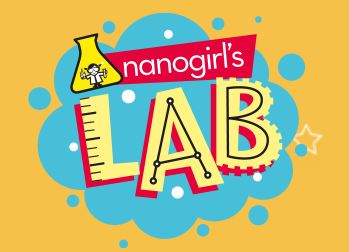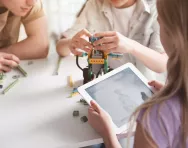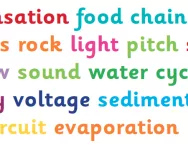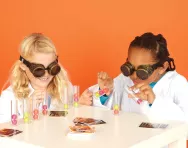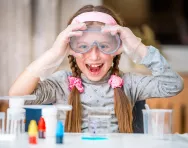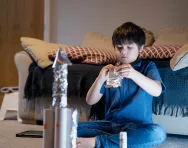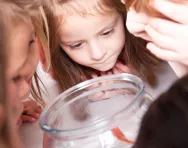TheSchoolRun.com closure date
As we informed you a few months ago, TheSchoolRun has had to make the difficult decision to close due to financial pressures and the company has now ceased trading. We had hoped to keep our content available through a partnership with another educational provider, but this provider has since withdrawn from the agreement.
As a result, we now have to permanently close TheSchoolRun.com. However, to give subscribers time to download any content they’d like to keep, we will keep the website open until 31st July 2025. After this date, the site will be taken down and there will be no further access to any resources. We strongly encourage you to download and save any resources you think you may want to use in the future.
In particular, we suggest downloading:
- Learning packs
- All the worksheets from the 11+ programme, if you are following this with your child
- Complete Learning Journey programmes (the packs below include all 40 worksheets for each programme)
You should already have received 16 primary school eBooks (worth £108.84) to download and keep. If you haven’t received these, please contact us at [email protected] before 31st July 2025, and we will send them to you.
We are very sorry that there is no way to continue offering access to resources and sincerely apologise for the inconvenience caused.
Hands-on science fun
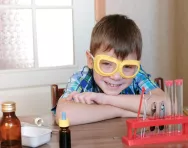
Hands-on science: Make your own Unicorn Noodles
Scientific principle: pH (potential of Hydrogen)
Time required: 30 min
These amazing and edible unicorn noodles can transform from purple to blue or pink!

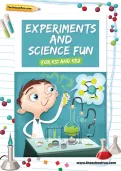
Download fantastic science resources today!
- Experiments And Science Fun pack
- Science Learning Programme for each school year
- All the instructions, questions and information you need
Equipment and ingredients
- Large saucepan - Knife - Stove - Clear noodles (vermicelli or glass noodles work well) - Large heatproof bowl - Sieve or colander - Hot water
- Roughly chop the purple cabbage leaves and place in the saucepan.
- Add enough water to the saucepan to half cover the cabbage leaves.
- Bring to the boil and cook for 5 minutes on the stove.
- Place a colander over a large heatproof bowl and strain the hot cabbage.
- Put the cabbage aside – if you like, you can add a pinch of salt and dash of vinegar to make it into a tasty side dish!
- Pour the cabbage juice back into the pan and add the noodles.
- Simmer for 5-10 minutes, until the noodles are soft and purple.
- Use the colander to drain off the water and transfer the noodles to a plate or bowl.
- Squeeze fresh lemon juice onto the noodles and watch them turn pink!
The science behind unicorn noodles
Purple cabbage is purple due to a pigment called anthocyanin. This same pigment is also found in blueberries. As the cabbage boils, the anthocyanin leaches out into the water. When the dehydrated noodles are added to the cabbage water, the anthocyanin is absorbed.
Scientists use a scale called the pH Scale to describe the concentration of hydrogen protons in a solution. With 7 being neutral, a pH of less than 7 means the solution is acidic whilst a pH greater than 7 means the solution is alkaline. Anthocyanin changes colour depending on the pH of the solution it is exposed to. When it is neutral (or at pH 7) it is purple, but if it comes into contact with something acidic such as lemon juice, it turns pink. An alkaline solution, on the other hand, would make the anthocyanin turn blue, green or even yellow.
In addition to being a tasty snack, the unicorn noodles are also an edible pH meter!
Explore further: Unicorn Noodles scientific questions
- What happens when you sprinkle an alkaline material such as baking soda onto the noodles?
- Can you estimate the pH value of other household products, such as vinegar or laundry powder, using the leftover cabbage juice?
- Using what you now know about anthocyanins, can you explain why the blueberries in blueberry muffins sometimes look green around the edges?
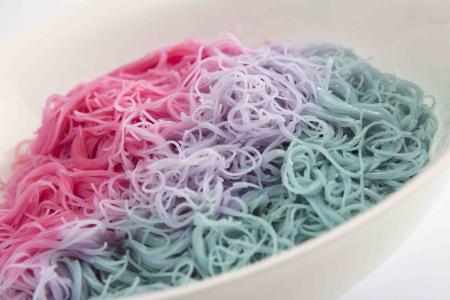
Hands-on science: Make your own butter
Do some hands-on experimenting before breakfast and you'll have some freshly-made butter to spread on your toast first thing in the morning!
Hands-on science: Make your own Scrumptious Slime
Scientific principle: viscosity
Time required: 45 minutes cooking time, 2 hours cooling time
This slime flows like a liquid but can be rolled like a solid – and the best part is that it’s edible!
Equipment and ingredients
- Saucepan - Plastic sandwich bag - 395g (14oz) can sweetened condensed milk - 10g (1 tablespoon) cornflour/cornstarch - 45ml (3 tablespoons) chocolate syrup
- Pour the milk into the saucepan and heat on a low heat.
- Slowly stir the cornflour into the warm milk. Continue heating and stirring over a low heat for 20 minutes or until the mixture thickens.
- Remove from the heat and stir in the chocolate syrup.
- Place in a sandwich bag and refrigerate.
- Once cold, roll and squeeze into any slimy shape you want – and watch it flow!
The science behind edible slime
Cornflour or cornstarch is a starch made up of long chains of sugar molecules called glucose, which are joined together in a coiled up ball.
When exposed to heat and milk, the starch particles absorb water from the milk, causing them to swell. These swollen particles start to press up against each other. This reduces the movement of the liquid, resulting in it thickening or becoming more viscous. Eventually the starch particles burst, freeing up long strands of starch which swell further and absorb the fluid outside the particles. This traps the remaining water in the mixture and turns it into a highly viscous gel or slime.
The slime flows like a thick liquid, but can be rolled around like a soft solid. The advantage of this recipe is that the slime is edible once you have finished with it!
Explore further: Scrumptious Slime scientific questions
- What edible treats could you add to your slime to add more texture? Does this change the way that it flows?
- How does the slime flow differently when it is warm compared to when it is cold? Why is this?
- Can you think of other ingredients you could add to your mixture, instead of the chocolate sauce, to make different-flavoured edible slime?
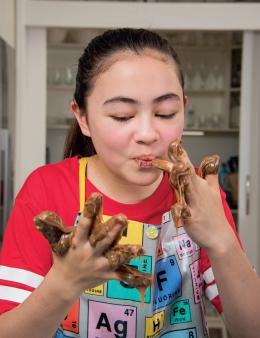
Created by a nanotechnologist and engineer, Nanogirl™ STEM Adventure subscriptions release a new science experiment every weekday. For every paying subscriber, a subscription is donated to a family who could not otherwise afford to take part.
